Results 1,631 to 1,640 of 12094
Thread: Anandtech News
-
02-27-12, 04:51 AM #1631
Anandtech: Qualcomm Announces Snapdragon S4 Pro: Krait with Adreno 320
Qualcomm announced the Snapdragon S4 Pro, a version of the MSM8960 with an Adreno 320 GPU instead of the Adreno 225 that is found in the initial shipping MSM8960. As we found in our first performance look at the MSM8960, the GPU performance is better than previous architectures but not the leap forward we're expecting for this next generation. The Adreno 3xx family should change that.
The Snapdragon S4 Pro should be available in 2012.
More...
-
02-27-12, 06:52 AM #1632
Anandtech: Qualcomm Shows Off Quad Core Krait APQ8064 at 1.5 GHz
We stopped by Qualcomm's booth today for our meeting and, among other things, saw the first demonstration of APQ8064 on a tablet mobile development platform. As a refresher, APQ connotes an SoC with no cellular baseband, and APQ8064 is the quad core 1.5 GHz version of Krait with Adreno 320 graphics.
The demo showed four 1080p videos being decoded on CPU for demonstrational purposes to load the cores - an actual shipping mobile platform would use hardware accelerated decode. Qualcomm's Trepn tool showed CPU frequency changing around as playback happened, but frequency maximum for all four cores running at 1512 MHz was shown. APQ8064 is still 28nm Krait V2, the same core as we recently characterized in our MDP MSM8960 performance preview.
More...
-
02-27-12, 07:20 AM #1633
Anandtech: Hands On With the ASUS Transformer Pad Infinity
Earlier today we published the specs and a first look at ASUS' Transformer Pad Infinity, a 10.1-inch Android 4.0 tablet with a 1920 x 1200 Super IPS+ display. As a recap, the Infinity is ASUS' new high-end tablet slotting in above the Transformer Prime. On the opposite end of the spectrum is the newly announced Transformer Pad 300, which takes the place of the original Eee Pad Transformer in the sub-$500 market.
Shortly after ASUS' MWC press conference we spent some time with the LTE version of the TF Pad Infinity. The LTE version uses Qualcomm's dual-core MSM8960 (Krait) instead of NVIDIA's quad-core Tegra 3. Armed with more memory bandwidth we were curious to see how the SoC handled the increased demands of the higher resolution screen. The UI was still fairly smooth but it's clear that the software is very early.
The display itself looked extremely sharp, something we noticed back at CES as well when the tablet was simply known by its model number: TF700T. Check out the gallery below for some shots of the Infinity.
Gallery: Hands on With ASUS' 1920 x 1200 Transformer Pad Infinity





Gallery: The ASUS Transformer Pad Infinity: 1920 x 1200 Display, Krait Optional
More...
-
02-27-12, 11:30 AM #1634
Anandtech: Intel Goes Higher & Lower End With Atom SoCs: Z2580 & Z2000 Announced at M
Intel had a few updates about its Android SoC strategy for us at MWC this week. The first is a spec revision. The Atom Z2460 we talked about in great detail at CES was originally specced to run at a max of 1.3GHz but it could burst up to 1.6GHz if the thermal conditions allowed it (ala turbo boost). Z2460 yields on Intel's 45nm LP process are apparently better than expected so the Atom core will be able to turbo up to 2.0GHz instead of 1.6GHz. The default max frequency remains unchanged at 1.3GHz.
Next, Intel announced two new Atom SoCs for the smartphone market: the Z2580 and the Z2000.
The Z2580 is a higher end part, back from the fab now but shipping in devices in the first half of next year. It features the same architecture as the Atom Z2460 but instead of a single Saltwell core it has two, with Hyper Threading enabled (2 cores, 4 threads). The CPU cores can burst at up to 1.8GHz, while the default max CPU frequency remains at 1.3GHz.
The CPU isn't the only part of the SoC to get an upgrade: Intel equipped the Z2580 with a PowerVR SGX 544MP2 GPU running at 533MHz. The SGX 544 is similar to the 543 used in Apple's A5, however it adds support for Direct3D 9_3. At 533MHz you can expect roughly twice the shader/compute performance of the 543MP2 that's in the A5. Granted by early next year we'll likely see competitive, if not faster GPUs implemented in SoCs (quite possibly long before then).
The Z2580 will be paired with Intel's XMM 7160 LTE baseband. The 7160 is an upgraded version of the XMM 7060 that adds support for 3GPP Release 9. The full specs of the solution are below:
The Z2580 also received upgrades on the modem interface side to cope with the increased bandwidth from the LTE baseband. Remember the Z2460 launched with a HSPA+ baseband pair (XMM6260).Intel XMM7160 LTE 3GPP Rel.9, FDD-LTE Cat 3 (100Mbps DL/50Mbps UL); CSFB, capable for VoLTE, SRVCC, E911 over LTE. TDD-LTE/TD-SCDMA 3GPP Rel.9, DC-HSPA+ Cat 20&24/Cat7 (42Mbps DL/11.5Mbps UL) 2G Quad-Band 850/900/1800/1900 MHz HSPA+/UMTS Penta-Band 850/900/1900/2100/AWS MHz LTE Hepta-Band 850/1800/1900/2100/AWS/2600/700 or 800 MHz Android telephony framework and UI extensions
Just like with the Z2460, Intel has produced a FFRD (Form Factor Reference Design) based around the Z2580/XMM7160. I don't have photos (nor have I seen) the new high-end FFRD, but I'm told it's a better looking design than the current Medfield design. The only detail I have about the new reference design is it comes with a larger battery: 6.771Whr.
The Z2580/XMM7160 FFRD will begin sampling in the second half of this year, with customer units shipping in the first half of next year.
The Z2000 is Intel's new low-end Atom SoC SKU. While the Z2580 has two Atom cores, the Z2000 only has one. Max clock speed is limited to 1GHz and there is no support for Hyper Threading. Intel is planning on putting this core up against the ARM11 based SoCs that still sell into the low end of the smartphone space.Intel Android Atom SoC Comparison Low End Mid Range High End Name Intel Atom Z2000 Intel Atom Z2460 Intel Atom Z2580 CPU Clock (base/turbo) 1.0GHz 1.3GHz/2.0GHz 1.3GHz/1.8GHz GPU PowerVR SGX 540 PowerVR SGX 540 PowerVR SGX 544MP2 GPU Clock 320MHz 400MHz 533MHz Process Technology Intel 45nm LP Intel 45nm LP Intel 45nm LP Availability 1H 2013 1H 2012 1H 2012
The GPU remains unchanged from the Z2460 (PowerVR SGX 540) however the max clock speed is limited to 320MHz (down from 400MHz). 1080p video decode is supported but video encode is limited to 720p.
The Z2000 will be paired with Intel's XMM6265 HSPA+ baseband:
The Z2000 has its own form factor reference design, which is different from both the Z2460 and Z2580. Once again I only have a single piece of information Reference designs are especially important at the low end as they can save customers quite a bit of money. With narrow margins there's not a whole lot of room to spend on industrial design or hardware customizations. A turnkey solution that's well built and reliable will be very useful for this market.Intel XMM6265 HSPA+ Rel.7, Cat 14/Cat6 (21Mbps DL/5.8Mbps UL) 2G Quad-Band 850/900/1800/1900 MHz; GPRS EDGE Class 10 HSPA+/UMTS Tri-Band 900/1900/2100 MHz (I/II/VIII)
Intel FFRD Comparison Low End Mid Range High End SoC Intel Atom Z2000 Intel Atom Z2460 Intel Atom Z2580 Modem Pairing Intel XMM6265 Intel XMM6260 Intel XMM7160 Length 110.5mm 123.0mm ? Width 61.0mm 63.0mm ? Height 12.5mm 9.99mm ?
More...
-
02-27-12, 11:30 AM #1635
Anandtech: Samsung Galaxy Note 10.1 Revealed at MWC
The Galaxy Note, in 5.3" guise, has just hit the States after decent sales in Europe and Asia; and now we have a new member of the Note line, a 10.1" variant. We mentioned speculation yesterday that the Note 10.1 could have a high-density display and next-generation SoC. Turns out the speculations were most likely wrong on both counts. The Galaxy Note 10.1 brings a 1.4 GHz dual-core SoC, probably Exynos 4210, to a OG Tab 10.1 sized tablet along with the stylus and S Pen interface introduced in the Note. Though the tablet is listed as featuring an HSPA+ radio, telephony is likely not on the cards, so the 'phablet' designation doesn't come into play, thankfully.
The display is the same 10.1" WXGA (1280x800) PLS panel we've seen on all of Samsung's 10.1" tablets, and runs Android 4.0 (Ice Cream Sandwich) with the requisite TouchWiz layer in tow. If this is Exynos, this will be the first time we'll have seen that particular SoC in a 10.1" tablet. The hardware, then, is not the big advance, rather Samsung is playing up the improved productivity opportunities that result from applying the original Note's S Pen interface, along with the new S Note software on a larger screen. We haven't spent a lot of time with either Note, so it's hard for us to judge how successful this effort is likely to be. If marketing is to be believed, though, the S Note software should bring the kind of multitasking previously only seen in a 'windowed' interface to the tablet space.
The announcements keep rolling in, and we'll hopefully have a hands-on with all of the new devices soon. Until then, follow the source for the full press release and peep the gallery and full specs below. As a treat for all our readers, we're going to be working on a series of Pipeline posts that will lay out the full specs (as we know them) for as many products and manufacturers as we can muster. It'll be your one stop to compare a particular manufacturers line-up.
Tablet Specification Comparison Samsung Galaxy Note 10.1 Samsung Galaxy Tab 10.1 Samsung Galaxy Tab 2 (10.1) ASUS Eee Pad Transformer Prime Dimensions 256.7 x 175.3 x 8.7mm 256.6 x 172.9 x 8.6mm 256.6 x 175.3 x 9.7mm 263 x 180.8 x 8.3mm Display 10.1-inch 1280 x 800 PLS 10.1-inch 1280 x 800 PLS 10.1-inch 1280 x 800 PLS 10.1-inch 1280 x 800 Super IPS+ Weight 583g 565g 588g 586g Processor 1.4GHz Dual-core SoC 1GHz NVIDIA Tegra 2 (2 x Cortex A9) 1GHz Dual-core SoC 1.3GHz NVIDIA Tegra 3 (4 x Cortex A9) Memory 1GB 1GB 1GB 1GB Storage 16GB/32GB/64GB + microSD slot 16GB 16GB/32GB + microSD slot 32GB/64GB + microSD slot Pricing $??? $499 $??? $499/$599
Gallery: Samsung Galaxy Note 10.1 Revealed at MWC_thumb.jpg)
_thumb.jpg)
_thumb.jpg)
_thumb.jpg)
_thumb.jpg)
_thumb.jpg)
More...
-
02-27-12, 03:40 PM #1636
Anandtech: Qualcomm Atheros Demos 802.11ac on MSM8960
Among a bunch of interesting Krait features is a noteworthy change in connectivity that represents some of the first fruits of the Qualcomm Atheros acquisition. We touched on it in our architecture piece a while back, but that feature is inclusion of the WiFi and Bluetooth 4.0 basebands into Krait alongside the traditional combination of cellular and GPS baseband.
Just like cellular is implemented today, that design still requires external RF, but the result is a WLAN and Bluetooth baseband that get to take advantage of the SoC's 28nm process geometry. Today I caught a glimpse of both 802.11n single spatial stream, and more interestingly 802.11ac single spatial stream running on an MDP MSM8960 utilizing the on-SoC WiFi basebands and the corresponding WCN3860 external RF chip.
The demo itself was pretty self explanatory - Qualcomm was running an 802.11ac network with two MDP MSM8960s and seeing throughput of around 220-230 Mbps using their single spatial stream WCN3860 external RF. This was live on the crowded MWC show floor with other 5 GHz APs running nearby, and admittedly pretty brave to do considering other 802.11ac demos I saw at CES used wired links.
Just like I did at CES with Buffalo's AP demo, I also had the WiSpy DBx handy and captured another sample of the 80 MHz OFDM waveform, just to take another peak.
Additional: Qualcomm Atheros
More...
-
02-27-12, 04:50 PM #1637
Anandtech: AMD Releases FX-6200 and FX-4170 Processors; FX-8120 Gets a Price Cut
AMD sent word this morning that they’re doing some shuffling of their Bulldozer based FX processor lineup. Altogether in the near future AMD will be releasing a new CPU, releasing a previously announced CPU, and doing a price drop on an existing CPU.
First and foremost, the FX-4170 is finally being prepared for release. This is AMD’s top quad core (two module) part, and while it was announced at the Bulldozer launch back in October AMD had said they weren’t going to be releasing it until later in the year. Like the FX-4100 it’s a harvested Bulldozer CPU, and is the first Bulldozer quad core with a 125W TDP, owing to its high clockspeeds.CPU Specification Comparison Processor Cores Clock Speed Max Turbo NB Clock L2 Cache TDP Price AMD FX-8150 8 3.6GHz 4.2GHz 2.2GHz 8MB 125W $249 AMD FX-8120 8 3.1GHz 4.0GHz 2.2GHz 8MB 95W/125W $199 AMD FX-8100* 8 2.8GHz 3.7GHz 2GHz 8MB 95W N/A AMD FX-6200 6 3.8GHz 4.1GHz N/A 6MB 125W N/A AMD FX-6100 6 3.3GHz 3.9GHz 2GHz 6MB 95W $149 AMD FX-4170 4 4.2GHz 4.3GHz 2.2GHz 4MB 125W N/A AMD FX-B4150* 4 3.8GHz 4GHz 2.2GHz 4MB 95W N/A AMD FX-4100 4 3.6GHz 3.8GHz 2GHz 4MB 95W $109 AMD Phenom II X6 1100T 6 3.2GHz 3.6GHz 2GHz 3MB 125W $190 AMD Phenom II X4 980 4 3.7GHz N/A 2GHz 2MB 125W $170
The second product today is AMD’s new CPU, the FX-6200. Like the FX-4170 was to quad cores, this is the first 125W TDP part for AMD’s hex core Bulldozers. At 3.8GHz base and 4.1GHz turbo it has a higher base clockspeed than any of AMD’s octo core parts, however turbo caps out just a bit lower than the FX-8150. AMD didn’t give us the Northbridge clockspeed, but it’s almost certainly 2.2GHz given the TDP and clockspeeds.
Finally, the FX-8120 is getting a price cut today. Unfortunately AMD sent along their generic all-regions press release today, so we were not given any pricing information on the FX-8120 or any of the other processors mentioned today. We will update this article as soon as we have confirmed pricing from AMD, but in the meantime we’d expect AMD to knock at least $10 off of the FX-8120, while the FX-6200 and FX-4170 should launch not too far above their existing lower-clocked counterparts at $149 and $109 respectively.
Meanwhile, AMD has told us that the release of the FX-6200 and FX-4170 will be staggered based on region with no further information, so all we know at the moment is that they won’t be available in the North American e-tail market today.
More...
-
02-28-12, 12:40 AM #1638
Anandtech: Spotlight on Open Source Router Platforms - Thoughts?
We talk about networking quite a bit on AnandTech, covering everything from the upper end of home routers to WiFi stacks in smartphones and extending all the way up to 10GbE in the enterprise. What we haven't really talked much about is some of the open source networking software that's out there to improve and manage your network.
As router hardware is effectively general purpose hardware running a specific OS/application workload, it's possible to load custom firmware on your router provided it meets the right hardware requirements. It's akin to loading a custom ROM on a smartphone, all you need is a compatible platform. In some cases, that's limited to Broadcom or Atheros, but there are other solutions that run on embedded x86 as well.
The upside to loading a custom firmware on your router is a potentially significantly expanded list of features and improvements. Much finer grained QoS, packet filtering, OpenVPN support, local storage (SMB or FTP shares) from USB, better stability, control over WiFi power amplifier Tx power, and now of increasing import - tracking bandwidth usage. Many home/SMB routers simply don't offer good network monitoring tools, security features or just decent management, and the alternative is to go for some open source based firmware with many more options. Ultimately the tech-savvy home networker will buy a router for the platform and features (eg. CPU speed, RAM, WiFi options like 2.4/5 GHz or number of spatial streams), and choose a firmware to run atop that platform.
Over the years, I've personally tried m0n0wall and pfSense on embedded x86 platforms like PC Engines' ALIX and WRAP, as well as the more common options including OpenWRT, DD-WRT and Tomato on a variety of Broadcom based routers. I generally end up drifting back and forth, but usually use Victek's mod of Tomato-USB on either a WRT54G-TM or more recently a Netgear WNR3500L. I've been wanting to try out and review ASUS' RT-N16 router which seems to be gaining considerable developer traction in the DD-WRT and Tomato communities as well.
I've tossed around the notion of doing a comparative look at all the open source home/SMB router platforms and thought it might be useful to get some feedback on whether this is something that you guys would be interested in, and if so whether there were any specific topics. Of course that would also be alongside a look at some of the newer 802.11n/GigE routers that are still compatible with the popular open source firmware distros all vying for the now somewhat aging WRT54G/GS/GL's crown.
I've shared a bit about what I use in my personal setup - but what about you guys? How many of you are using custom firmware on your router? If you are, what are you running?
More...
-
02-28-12, 02:50 AM #1639
Anandtech: Intel Continues Its Smartphone March: Lava & ZTE Partnerships Announced
Intel had two more announcements yesterday about its Atom smartphone progress. The first was a partnership with Lava, an Indian mobile handset manufacturer. The Lava Xolo X900, a rebranded Intel Atom Z2460 reference design, will go on sale early next quarter in India.
The Lava announcement marks Intel's first foray into India. Intel's previously announced Lenovo partnership begins work in China, while the Orange announcement earlier this week kicks off Europe. The non-North American focus is unusual for Intel but I suspect that we'll see Motorola change that in due time. I'm not expecting to see any North American design wins from Intel until next year though. The focus is clearly Europe and Asia today, likely due in part to the strength of the iPhone in the US.
The second announcement was a partnership with device manufacturer ZTE. Similar to the Motorola partnership announced at CES, ZTE committed to a multi-year partnership where it will build smartphones and tablets with Intel SoCs. The first Intel powered ZTE devices will ship by the end of this year.
More...
-
02-28-12, 03:20 AM #1640
Anandtech: ST-Ericsson's NovaThor L8540: 28nm Cortex A9 SoC with Integrated LTE
ST-E is currently laying out its strategy for the company going forward, having suffered a tremendous reduction in revenue as the mobile market has changed dramatically over the past couple of years. We've seen a bit of success from ST-E already with Sony's Xperia P and U announcements, both of which are powered by ST-E's U8500 SoC. Today ST-E is announcing a new 28nm SoC with integrated LTE baseband: the NovaThor L8540.
The L8540 integrates a pair of ARM Cortex A9s running at up to 1.85GHz with a PowerVR SGX 544 GPU running at up to 500MHz. The L8540 features a dual-channel LPDDR2 memory interface. ST-E's new focus is on the mid-to-high end SoC market, but will not directly pursue the premium or entry level markets. Given the focus, you can expect to see more of these highly integrated SoCs which tend to resonate well in these mid-to-high end markets.
The L8540 supports 1080p60 video encode and decode. The baseband supports LTE (FDD/TFF) at up to 100/50Mbps, HSPA+ 42/11Mbps and TD-SCDMA. ST-E claims the L8540 includes pre-integrated connectivity support for Bluetooth, GNSS, WLAN, WiFi Direct, FM and NFC. The pre-integrated connectivity appears similar to what Qualcomm offers at 28nm with its MSM8960, which should offer some tangible power efficiency advantages for data transfers over WiFi compared to discrete 4x-nm WiFi solutions.
ST-E expects a 10% improvement in power consumption as a result of the move to an integrated 28nm SoC compared to previous 4x-nm SoC + LTE baseband solutions. I'm still not sure what to expect in terms of smartphone battery life from the move to 28nm, but I have heard that it is significant.
The Novathor L8540 will begin sampling to customers in Q3 of this year.
Gallery: ST-Ericsson's NovaThor L8540: 28nm Cortex A9 SoC with Integrated LTE
More...
Thread Information
Users Browsing this Thread
There are currently 12 users browsing this thread. (0 members and 12 guests)






 Quote
Quote
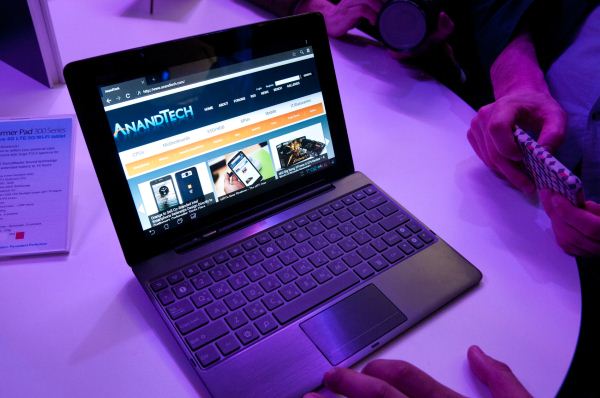





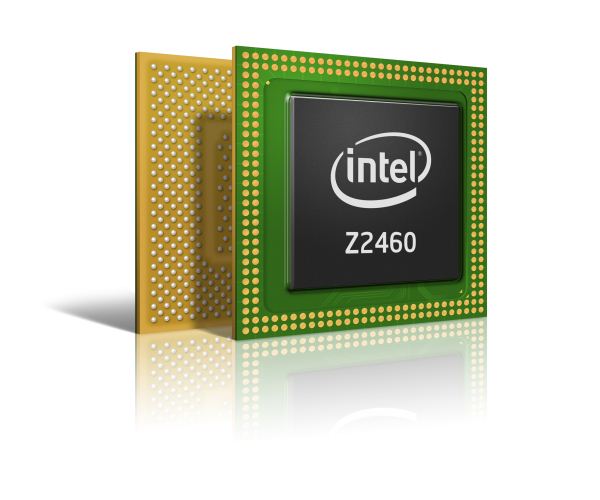
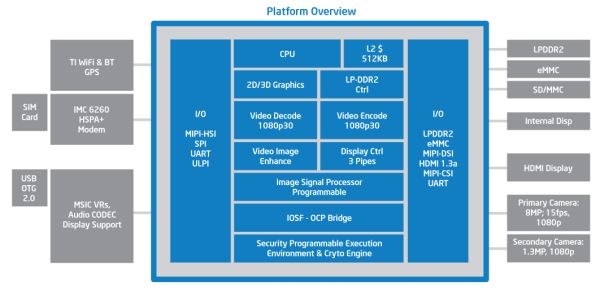
_575px.jpg)
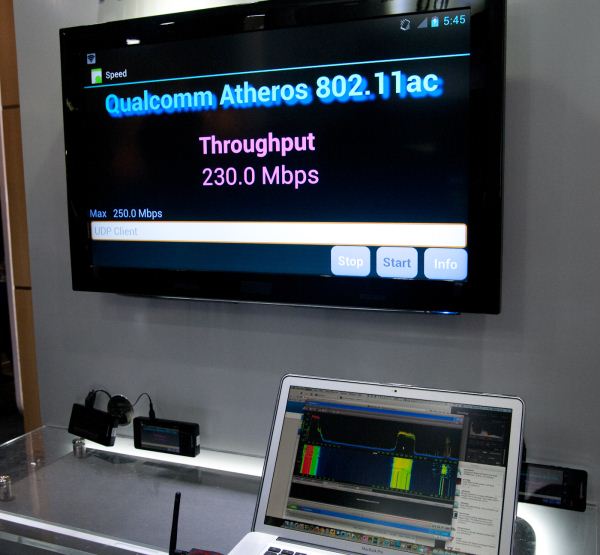

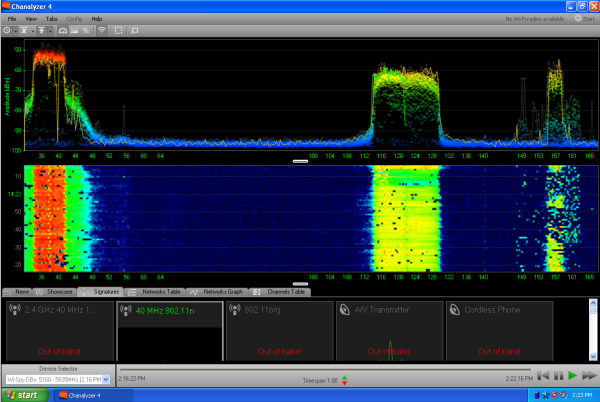
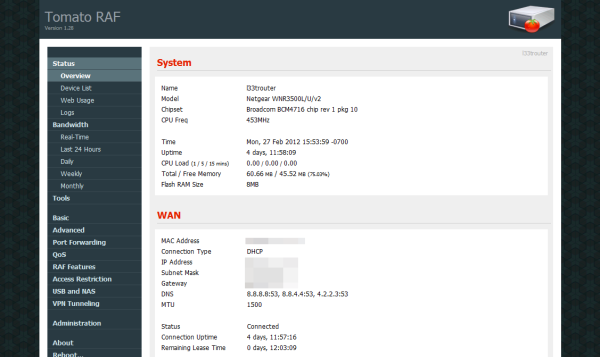
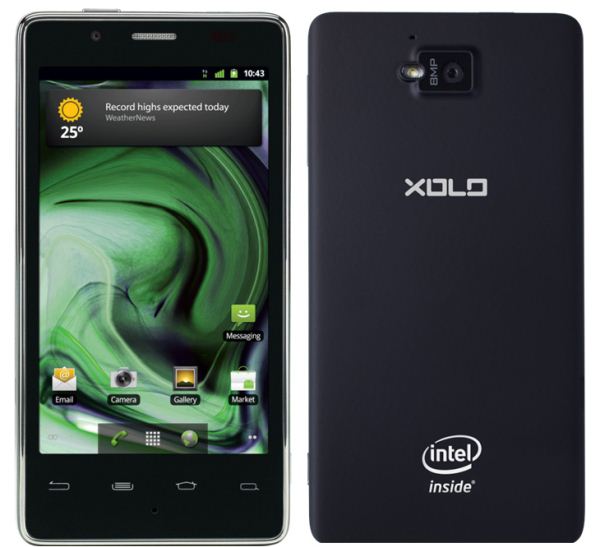
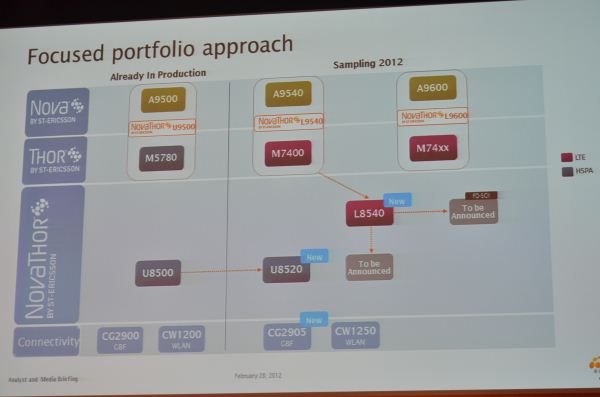




















Bookmarks